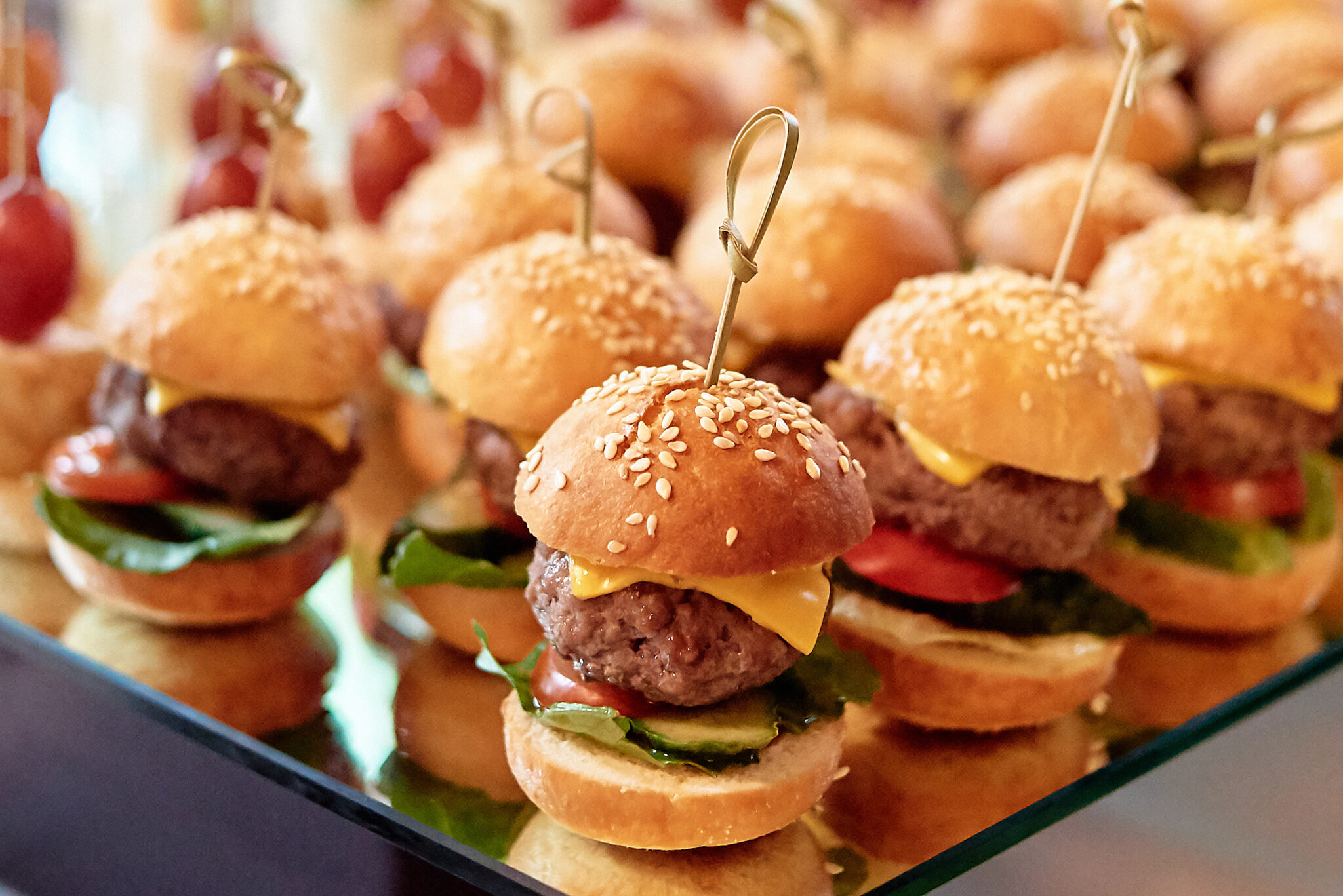Although we’re still a few months away, the holidays will be here before you know it. This is the busiest time of year for the catering industry, and it’s important to get way ahead of the game so you can execute a successful season. Here are some great tips to help you get ready!
1. Order Supplies Now
Servicing banquets and catering events are huge opportunities for foodservice operators during the holidays. Groceries aside, the essential items for any successful catering operation are the products that keep the food at a safe and optimal serving temperature during an event. Some operators may even want to create an “extra kitchen” in order to support as many events as possible. Insulated pan carriers, chafing dishes, holding cabinets, heated banquet carts, portable warming trays, countertop food warmers and induction warmers, in addition to serving utensils, tableware, busser tubs are essential equipment and will be in demand. With the ending of pandemic-related food handling protocols, there is now a renewed demand for more elevated, full course experiences, with a bit more glamour.
Make sure you have china, as well as proper flatware and glassware, on hand, versus just stocking disposables. Take inventory and make a list of items you’ll need to add and replenish and begin ordering 10 to 12 weeks before the anticipated demand. This timeline will allow for production, shipping, and any necessary customization or modifications to meet your specific requirements.
Supplies on the Fly has everything you need to get holiday ready! Click here to see our full catalog of supplies.
2. Review Staffing – Do you have enough staff to handle catering events?
Will your current staff be adequate for large holiday parties and increased business? More than likely you’ll need to add runners, hosts, servers, and kitchen staff to your team. In today’s challenging market, there is a massive fight for labor. It’s crucial to start planning now for your seasonal hires before your competitors can scoop up the most reliable talent. Plus, it’s not just about having enough help; it’s about having enough well-trained help. Give yourself at least six weeks to train so staffers can hit their stride with regard to service standards and the culture of your operation. Attract workers by having applications readily available at the host stand, reaching out to previous seasonal workers and college students, and promoting jobs on social media. You can also consider working with a staffing agency in your area to avoid relying on the availability of staff for one-off events.
3. Look for Cost Savings
Watch employee labor costs
- Start with proper training. Offer the best training possible and build on skills that already exist within your staff. Cross-training is also one of the most efficient ways to ensure your staff can take on multiple types of shifts and feel like they’re advancing their skills. Not to mention, if someone doesn’t show, you have another team member that can step in and fill in a gap.
- Control your turnover – Retention is more important than you think. Reward employees with recognition, a free meal, cocktails, or even paid time off. Ask employees ahead of time which holidays they would prefer to have off and which ones they don’t mind working. If you’re accommodating to your staff, they’ll be accommodating when it comes to your needs. It’s about making sure your employees feel appreciated and cared for. Investing in your current staff can save on the more significant costs of finding and training new staff.
- Buffet or plated? This decision can determine the amount of staff you’ll need. Plated meals require the largest number of staff to serve and clear plates. Buffet requires the smallest amount of staff, but you’d be surprised at how many people are still necessary to make it work. You’ll need plenty of staffers to serve, help run empty platters, refill beverages, monitor and replenish chafing dishes, and collect dirty dishes.
Control Portion Sizes.
- Offer plated meals. Multiple dishes with smaller portions are always more cost-effective than a buffet. By starting the meal with a salad and then soup, followed by the main course (be sure to fill that plate with plenty of fresh vegetables and rice or potatoes), you can keep the size of the most expensive part of the meal (the meat) at a minimum. Plus, serving multiple courses slows down the eating process, which helps guests feel fuller faster.
- Use smaller plates and plate effectively. Offering smaller portions doesn’t have to be noticeable. Using attractive small plates for dramatic effect, you can achieve a beautiful presentation that will appear appetizing and even more exclusive.
- Offer plenty of fillers. Adding plenty of bread to meals (and buffets) helps fill guests.
- If your customer is dead set on serving food buffet-style, don’t put all your food out at once. Most likely, you will either get food wasted on the buffet table or on people’s plates because their eyes were bigger than their stomach.
Avoid Food Waste
- Get a firm head count
- Try to buy items in bulk at discounted rates and cross-utilize them in different dishes.
- Track and analyze all waste. This will help you pinpoint problem areas.
- Reuse any leftovers you can. Find prospective corporate clients in your area and offer a free lunch using whatever extra food you have from an event.
- Donate extra to a neighborhood food bank or local charity.












